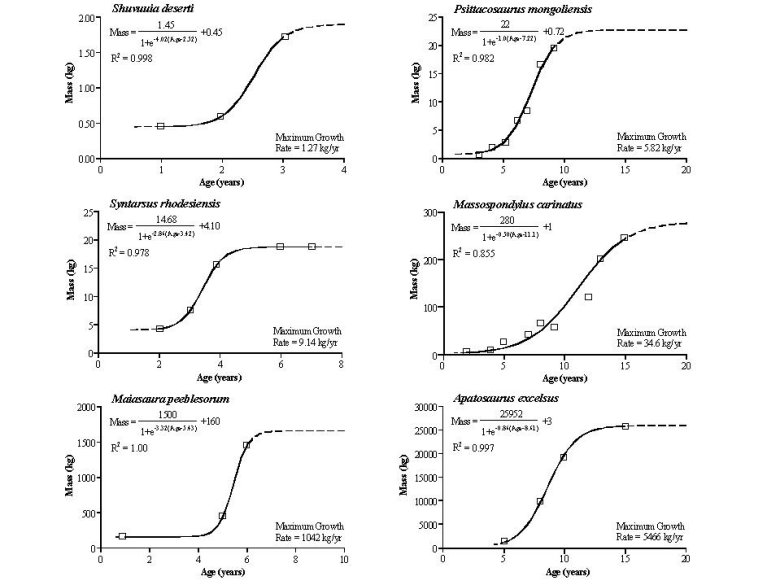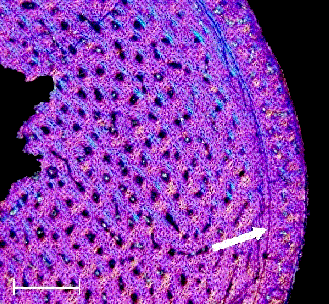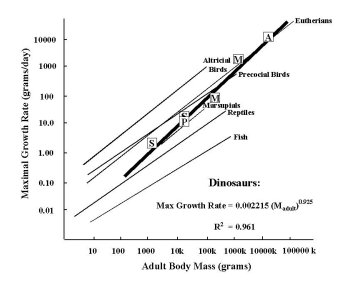Some of the current research being conducted in my lab includes the
following:
Reconstructing growth patterns in extinct reptiles

|
Unlike dinosaurs, giantism in crocodiles and monitor lizards was achieved using typical reptilian growth rates coupled with the prolongation of somatic maturity. |

|

|
Understanding crocodilian feeding biomechanics
|
Biting forces are being measured in all 23 crocodilian species using both captive and wild specimens. Sampling is conducted throughout development. Forces are recorded using precision transducers. Tooth casts are made and standard cranial and body measures taken. |
 |
|
The results are being contrasted with ecological correlates to reveal how the morphological and biomechancial changes that occur during ontogeny enable these animals to occupy multiple trophic niches during life. These data are also being used to model the physical capacities of theropod dinosaurs and extinct crocodilians. |

|

